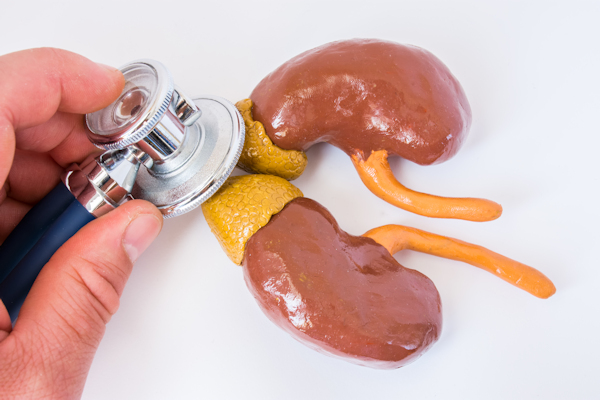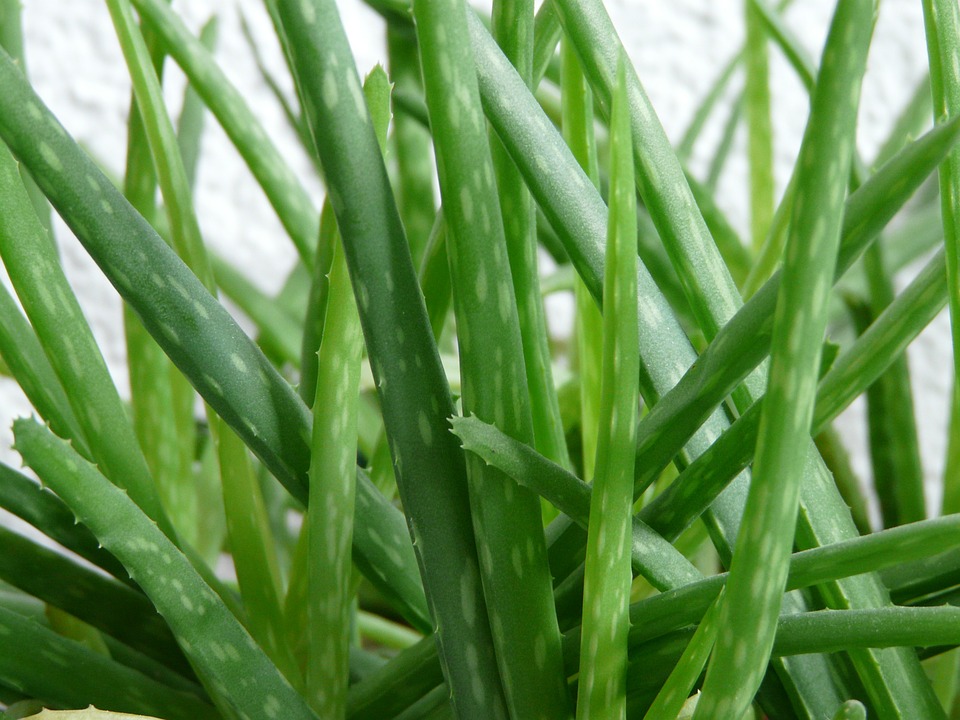The Merriam Webster definition of self esteem is “a confidence and satisfaction in oneself; self respect.” Self-esteem and self-respect are two important aspects of whole person care at any age. During the years of adolescence, however, personal and social differentiation is at an all time high, with peers playing a significant role in how our self-esteem expresses itself. As you are probably very well aware, your self-esteem is especially a front and center issue from middle school through high school.
According to Marilyn J. Sorensen, PhD, author of numerous books on self-esteem, our self-esteem is formed in childhood, when we develop an initial conscious and unconscious impression of ourselves. What we hear said about ourselves has a lasting impact on the messages our brain records as being our worth or our value in the world. It is these messages or neurological records that get “triggered’ when our peers either respond positively or negatively to us.
During the adolescent years, as you are physically developing and becoming young women and men, your appearance and how others respond to you can certainly become important. Other peer related issues such as belonging or being part of a particular group or activity are, as well.
It may surprise you that current statistics show seven in ten females believe they are not good enough or do not measure up in some way, including their looks, performance in school and relationships with friends and family members. And for males, the statistics over the past 25 years have gone from 15% dissatisfaction to 45% dissatisfaction regarding how they feel about their physical appearance.
The developing and confusing years of adolescence are filled with exploring and identifying what you think of yourself or what social direction you may wish to go in. It is also a time that you can begin to know yourself outside your family environment and develop who you are in a more meaningful and realistic way. This means sorting through the many reflections of “who and how you are” in relationship to the large world around you.
It is during this time, no matter what kind of earlier conditioning you have received, that you can take control over your self-esteem and self-respect. I would like to share with you a story about one of my children. She has happily given permission for me to share this with you because she feels it is an important story to tell.
At the age of 15, my daughter was very unhappy and struggling with feeling badly about herself. That whole year for her was filled with tears and poor grades. One day, we took a walk and talked about what she was experiencing. She said many times during that conversation, “I hate myself. I don’t want to be me.” I gently asked her why and she said that she “she didn’t think she was a good enough person because of the problems she was having with her peers.”
Not wanting to pry, I did not ask for details and she did not offer them. Rather, I shared something with her I learned about whole health and self-esteem when I was much older than her 15 years of age. I shared with that what is important, at any time in our life for us to feel good about our self, is that when we behavior in a way towards ourselves and others that is in agreement, or congruent, with our personal values – we feel good about who we are. Bottom line: No matter what anyone else says or does towards us, when we act in concert with our personal values, we feel good. Our perception and expression of ourselves can largely impact our whole health, which is far more important than what others think. We many not like the way others treat us or how they hurt our feelings, but our self–esteem and self-respect are high.
When we do not act in agreement, or congruently, with our personal values and inner beliefs of right and wrong, then we feel badly about ourselves; no matter what positive or flattering things someone else may say about us. Self-esteem and self-respect, like beauty, start from the inside out. No one can make us feel badly about ourselves when we know, and are confident, that our behavior towards ourselves and others is from a place of our values and of respect.
If you are working through this natural adolescent sorting process, reflecting on this information may assist you in changing how you feel about yourself, how your treat yourself and how you create relationships with others. My daughter, who is now in college, told me our walk together that day was the most important thing she has ever earned about how to feel good about herself. I hope it is helpful for you as well.
References & Resources:
www.learntobehealthy.org
http://kidshealth.org/teen/your_mind/emotions/self_esteem.html
http://www.barnesandnoble.com/w/breaking-the-chain-of-low-self-esteem-marilyn-j-sorensen/1102088340
For more whole health discussions, listen to Dr. Georgianna Donadio’s radio show Living Above The Drama.





